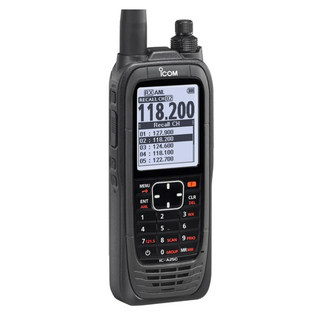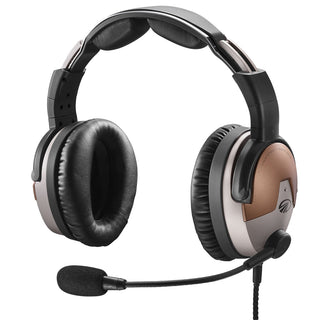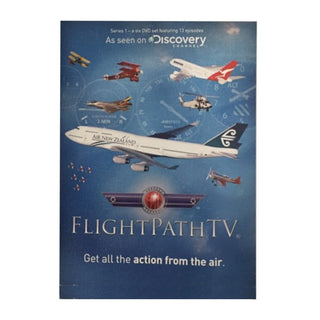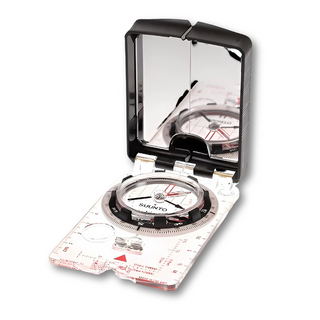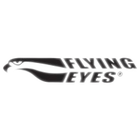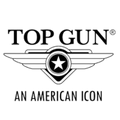Final call! Order by 3pm 22/12/25 for Christmas Delivery.
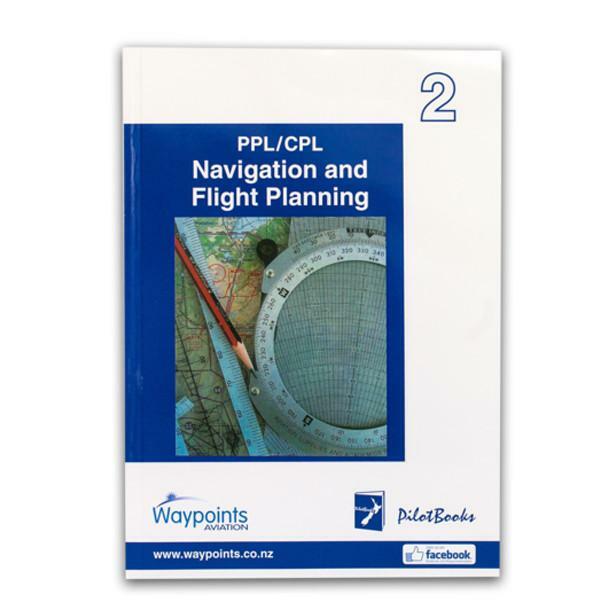
This manual has been written for students intending to study for their Private Pilot Licence and for those who wish to advance further towards their Commercial Pilot Licence. Wherever text in the book applies only to CPL topics, a vertical line is drawn along the applicable paragraphs in the left or right margin.
Volume 2, Navigation and Flight Planning, takes the student through the basics of Navigation such as Form of the Earth, longitude and latitude, direction, time and many other fundamentals on which knowledge of the subject is based. Every topic is supported by clear diagrams which enhance understanding of the associated written explanations. For CPL students there are many pages devoted to advanced principles such as Time and Arc, Point of No Return (PNR), and Cruise Performance. The last chapter deals with the principles and use of navigation aids such as the Automatic Direction Finder (ADF), VFR Omni Range (VOR) and similar aids.
Step by step explanations and elaborate diagrams of the navigation computer (circular slide rule) are contained in Chapter 7. The use of the navigation computer is a fundamental requirement in navigation and the detailed explanations in this book help you to develop the required expertise. Chapter 8 contains explanations on navigation procedures such as drift, tracks, headings, groundspeed and numerous other items that are part of navigating an aircraft safely from one place to another under visual conditions. Every aspect is backed up with examples which start with given factors and then take the reader carefully through the calculation process so as to arrive at the right answers.
Subsequent chapters deal with advanced topics such as navigating in reduced visibility, navigating at low levels, and navigating in mountainous terrain.
Chapters 9A (for the PPL) and 10 ( for the CPL) take you through every aspect of flight planning, from assessing meteorological data and selection of suitable tracks, to the completion of an operational VFR flight plan. Every aspect is explained using clear examples and explanations including the use of sections of aeronautical charts.
At the end of the book is an Appendix that contains two full Sample Examinations for the PPL followed by two similar examinations for the CPL.
Although Volume 2 is based on visual flight navigation in New Zealand, the abundance of explanations on principles makes the book totally suitable for students living outside New Zealand.
Visual Navigation - Equipment Requirements
In order for you to be able to complete the flight plans this textbook, the items you will require are:
- Clean, up-to-date Visual Navigation Charts (VNCs), at least B1/B2, B3/B4 and B5/ B6
- At least two soft pencils and rubber eraser
- A Douglas protractor
- A navigation ruler with the 1:500,000 and 1:125,000 scales
- (If a plotter is used, the protractor and navigation ruler mentioned above are not needed)
- (Some people also like to use dividers for accurately measuring distances, although this is not necessary as the nav ruler is adequate)
- A navigation calculator/circular slide rule (CRP1 or E6B, it doesn’t really matter which one)
- A suitable flight plan form
- The AIPNZ Volume 4 (Visual Flight Guide)
- The Aircraft Flight Manual.
Customers Also Bought
Product title
Vendor
$19.99 | $24.99
Product title
Vendor
$19.99 | $24.99
Product title
Vendor
$19.99 | $24.99
Product title
Vendor
$19.99 | $24.99
$30
$669.95 | $699.95
$200
$1,649.00 | $1,849.00
$64.95
From
$95.00 | $159.95
$200
$2,299.00 | $2,499.00
$44.95
$5.00 | $49.95
$31
$119.95 | $150.95
$15.95
$90.00 | $105.95
Low Price
$8.95
$161.00 | $169.95
Low Price
$12.95
$23.00 | $35.95
$28.95
$161.00 | $189.95
Low Price
$375.00
$39.95
$299.00
$499.00
$29.95
$33

 Notes for the Private Pilot - NZ Edition
Notes for the Private Pilot - NZ Edition
 Waypoints NZ The Flight Training Manual
Waypoints NZ The Flight Training Manual
 Waypoints Vol 01: NZ PPL Aircraft Technical Knowledge
Waypoints Vol 01: NZ PPL Aircraft Technical Knowledge
 Waypoints Vol 03: NZ PPL Weather to Fly (Meteorology)
Waypoints Vol 03: NZ PPL Weather to Fly (Meteorology)
 Waypoints Vol 04: NZ Flight Radio for Pilots
Waypoints Vol 04: NZ Flight Radio for Pilots
 Waypoints Vol 05: NZ PPL/CPL Air Law
Waypoints Vol 05: NZ PPL/CPL Air Law
 Aviation Medicine and other Human Factors for Pilots Dr Ross Ewing
Aviation Medicine and other Human Factors for Pilots Dr Ross Ewing
 ASA Colour E6B Flight Computer
ASA Colour E6B Flight Computer
 ASA Ultimate Rotating Plotter
ASA Ultimate Rotating Plotter
 ASA Square Protractor
ASA Square Protractor
 ATC Scale Rule SR180
ATC Scale Rule SR180



